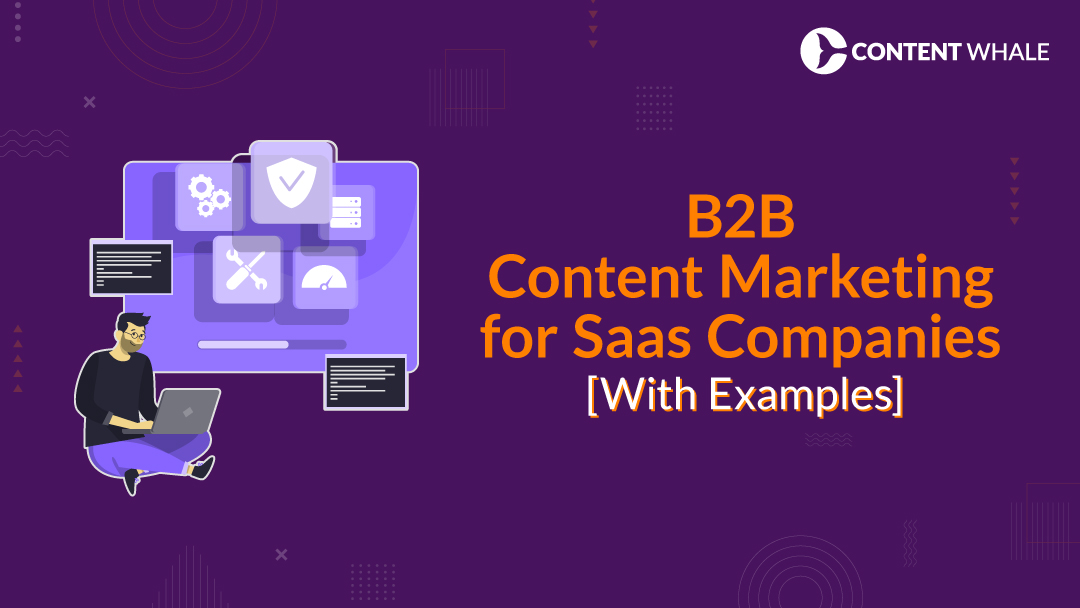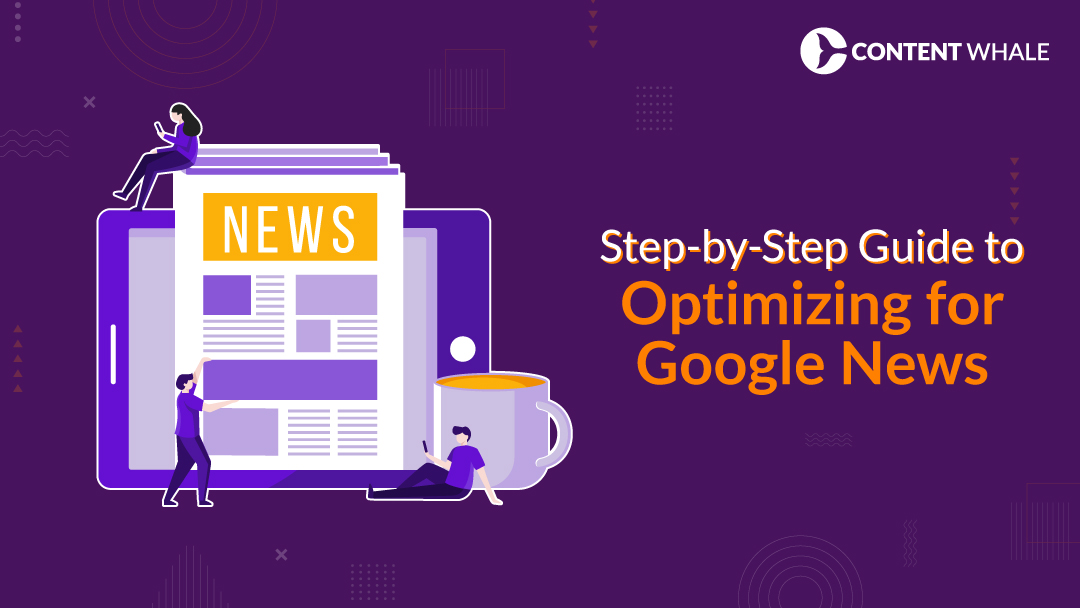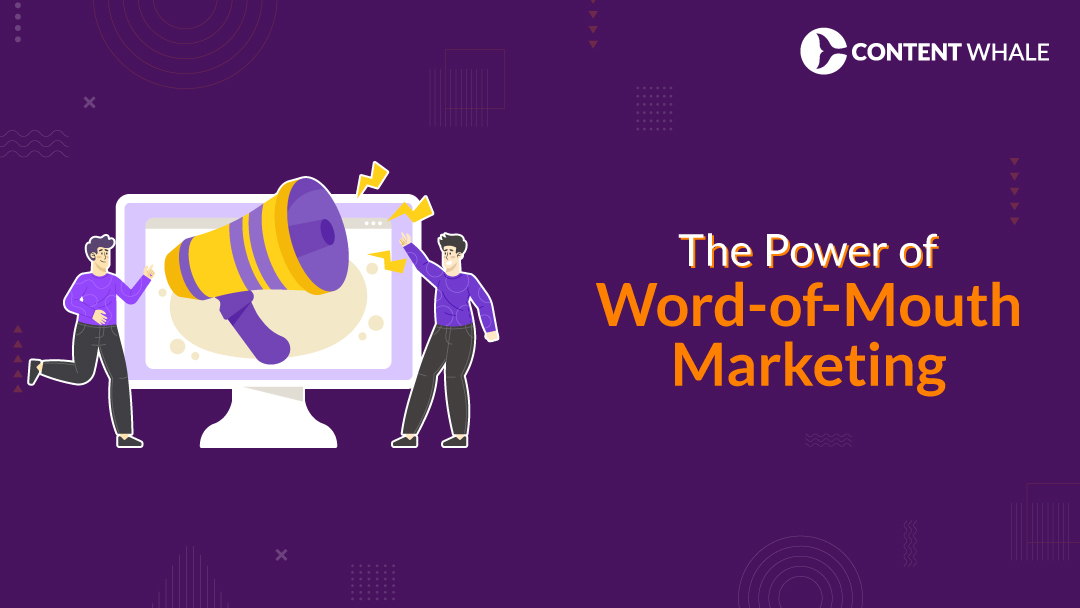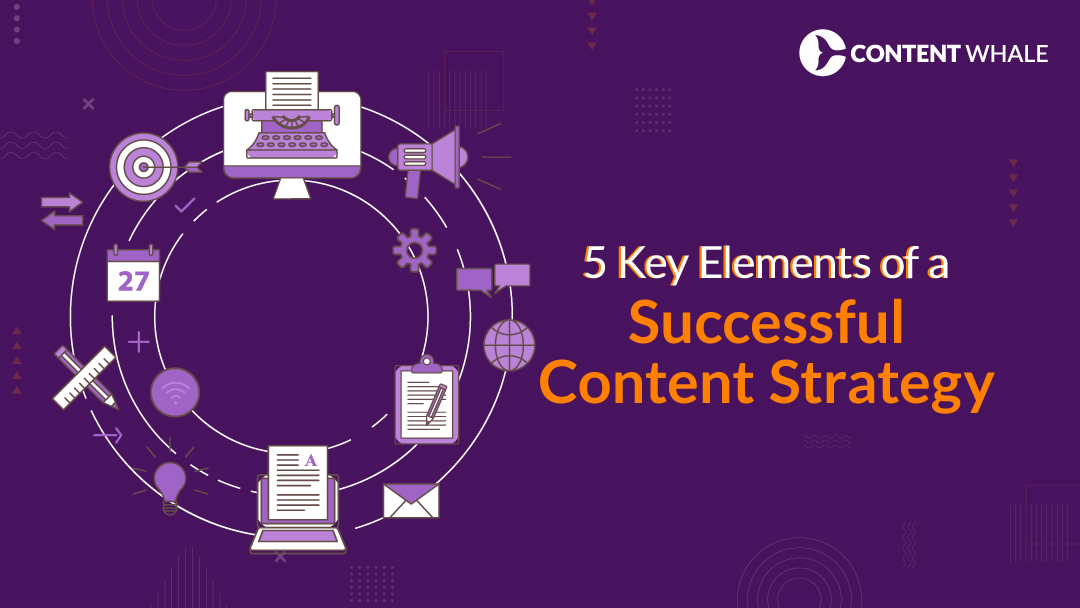The Software as a Service (SaaS) industry is booming, with businesses seeking scalable software solutions to streamline operations. Content marketing for SaaS has become a vital strategy to stand out in this competitive market. It involves creating valuable, informative content that educates potential customers and guides them through the buying process.
Effective SaaS content marketing addresses the unique needs of software buyers. This blog will cover essential strategies, types of content, successful B2B SaaS content examples, and how to measure the success of your efforts. By understanding these elements, SaaS companies can improve customer education, drive lead generation, and build brand authority.
The benefits of a robust SaaS content strategy are clear. It helps in educating customers about your product, generating qualified leads, and establishing your company as a trusted authority in the industry. Additionally, well-crafted SaaS content writing can significantly impact your search engine rankings, driving organic traffic to your website.
In this blog, you will find actionable insights and real-world examples to enhance your B2B SaaS content marketing efforts. By implementing these strategies, you can create compelling content that resonates with your target audience and supports your business goals. Stay tuned as we dive into the specifics of creating an effective B2B SaaS content strategy.
Understanding SaaS Content Marketing
Content marketing for SaaS involves creating and distributing valuable content to attract, engage, and retain customers. It’s essential for building brand awareness, generating leads, and nurturing customer relationships. Unlike traditional marketing, SaaS content marketing focuses on addressing the specific needs of software buyers through educational and informative content.
B2B SaaS content marketing is distinct because it targets businesses rather than individual consumers. This approach requires a deep understanding of the buyer’s journey and the pain points faced by potential customers. SaaS content strategy should be tailored to these unique aspects, ensuring that content is relevant and valuable at every stage of the customer journey.
SaaS content writing must be clear, concise, and technically accurate to communicate complex software solutions effectively. It’s important to balance educational content with promotional material to maintain reader interest and drive conversions. Incorporating SEO best practices helps improve search engine visibility, making it easier for potential customers to find your content.
The role of content marketing in the SaaS customer journey is to guide prospects from awareness to decision-making. By providing valuable insights and solutions, content can help build trust and credibility, leading to higher conversion rates. Successful B2B SaaS content examples often include in-depth blog posts, case studies, whitepapers, and video tutorials that address specific challenges and offer practical solutions.
Overall, a well-executed B2B SaaS content strategy is key to driving engagement, generating leads, and supporting long-term customer relationships. By focusing on your audience’s needs and delivering high-quality content, you can position your SaaS company as a leader in the industry.
Developing a SaaS Content Strategy
Creating a successful SaaS content strategy involves several key steps. Critical components are identifying your target audience, setting measurable goals, and planning your content.
1. Identifying Target Audience and Buyer Personas
The first step in content marketing for SaaS is to define your target audience. Create detailed buyer personas to understand your ideal customers, including their demographics, pain points, and buying behavior. Knowing your audience helps you craft content that resonates and addresses their specific needs.
2. Setting Clear, Measurable Goals
Establish clear, measurable goals for your B2B SaaS content marketing efforts. Use the SMART framework to ensure your goals are specific, measurable, attainable, relevant, and time-bound. Common goals include increasing website traffic, generating leads, and improving customer engagement.
3. Creating a Content Calendar and Editorial Plan
A content calendar and editorial plan keep your SaaS content strategy organized. Plan your content topics, publication dates, and distribution channels. This ensures consistent content flow and timely updates. It also helps in aligning content with marketing campaigns and product launches.
4. Choosing the Right Channels for Content Distribution
Selecting the appropriate distribution channels is vital for SaaS content marketing success. Popular channels include blogs, social media, email newsletters, and industry forums. Each channel serves a different purpose and audience, so choose based on where your target audience spends their time.
Developing a solid B2B SaaS content strategy involves understanding your audience, setting clear goals, and organizing your content plan. By following these steps, SaaS companies can create impactful content that drives engagement and supports business growth. Stay consistent and strategic to see the best results in your SaaS content marketing efforts.
Types of Content for SaaS Marketing
Creating varied and engaging content is essential in content marketing for SaaS. Different types of content serve distinct purposes and cater to various stages of the customer journey.
1. Blog Posts and Articles
Blog posts and articles form the foundation of SaaS content marketing. They provide regular updates, industry insights, and valuable information to your audience. Well-written SaaS content writing enhances SEO, drives traffic, and establishes your brand as an industry authority.
2. Whitepapers and eBooks
Whitepapers and eBooks offer in-depth analysis of specific topics. They are excellent for lead generation, as they often require an email sign-up to access. These comprehensive resources help in establishing thought leadership and are valuable B2B SaaS content examples.
3. Case Studies and Success Stories
Case studies and success stories showcase real-world applications of your software. They demonstrate how your product solves specific problems, providing credibility and proof of value. These B2B SaaS content examples are effective for nurturing leads and converting prospects.
4. Webinars and Video Content
Webinars and videos engage your audience through interactive and visual content. They are perfect for explaining complex concepts, demonstrating product features, and providing training. Incorporating video into your SaaS content strategy can significantly boost engagement and retention.
5. Infographics and Visual Content
Infographics and visual content simplify complex data and enhance shareability. They are highly effective in conveying information quickly and engagingly. Integrating visuals into your SaaS content marketing efforts helps you capture your audience’s attention and improve content consumption.
Diverse content types are vital for a robust B2B SaaS content strategy. By incorporating blogs, whitepapers, case studies, webinars, and infographics, you can create a comprehensive content plan that engages your audience and drives results. Effective SaaS content marketing leverages these varied formats to meet the needs of potential customers at every stage of their journey.
SaaS Content Writing Best Practices
Effective content marketing for SaaS hinges on high-quality writing. The content must be informative, engaging, and tailored to your audience’s needs.
1. Writing for a Technical Audience
SaaS content writing often targets a technical audience. Use clear and precise language to explain complex concepts. Avoid jargon unless your audience is familiar with it. Ensure your content is accessible, providing value without overwhelming the reader.
2. Balancing Educational and Promotional Content
Striking the right balance between educational and promotional content is key in B2B SaaS content marketing. Educational content builds trust and authority, while promotional content drives conversions. Blend these approaches to maintain reader interest and meet business goals.
3. Importance of Clear, Concise, and Engaging Writing
Clear and concise writing is essential in SaaS content strategy. Break down complex ideas into manageable sections. Use bullet points and headings to improve readability. Engaging writing keeps your audience interested, encouraging them to explore more of your content.
4. SEO Best Practices for SaaS Content
Incorporate SEO best practices to enhance your SaaS content marketing. Use relevant keywords naturally within your content. Optimize titles, meta descriptions, and headers. Include internal and external links to improve search engine rankings and provide additional value to your readers.
Following these best practices ensures the effectiveness of your B2B SaaS content strategy. Write clearly for a technical audience, balance educational and promotional content, and adhere to SEO guidelines. By doing so, you can create compelling content that drives engagement and supports your SaaS content marketing goals.
Examples of Successful B2B SaaS Content
Examining successful B2B SaaS content examples provides valuable insights into effective content marketing for SaaS. Here is one noteworthy example showcasing various strategies and content types that drive engagement and conversions.
1. Slack: Social Media Marketing
Slack excels in using social media for B2B SaaS content marketing. Their Instagram, Twitter, and LinkedIn strategies are well-coordinated and tailored to each platform. On Instagram, Slack uses Stories and Highlights to showcase features and updates. Their Twitter strategy includes frequent updates and customer engagement, while LinkedIn focuses on professional content and company culture. This cross-platform approach ensures they reach a wide audience and maintain consistent engagement.
2. Breakdown of the Content Types and Strategies Used by Slack
Slack effectively uses a multi-channel social media marketing strategy to engage with its audience. Here’s a detailed breakdown of the content types and strategies they use across different platforms:
- Stories and Highlights: Slack uses Instagram Stories and Highlights to showcase new features, updates, and company culture. This visual and brief content keeps followers engaged and informed.
- Short Videos and Reels: Slack posts engaging videos and reels that explain new features or share company news. These formats are designed to be quick and easy to consume, making them perfect for social media. They maintain a cohesive feed with consistent brand colors, enhancing brand recognition
- Professional Content: On LinkedIn, Slack shares in-depth content related to industry trends, company achievements, and thought leadership articles. They maintain a professional tone to align with the platform’s audience.
- Life at Slack Page: This page provides insights into Slack’s team, values, and key initiatives. It’s a tool for both potential employees and general visitors to understand Slack’s culture and work environment
3. Results and Impact on Lead Generation and Conversions
Slack’s strategic use of social media has had a significant impact on its lead generation and conversions:
- Increased Brand Awareness: Slack’s multi-platform approach has boosted its brand visibility and awareness. Their presence on major social media platforms has allowed them to reach a wide audience effectively.
- High Engagement Rates: Engaging content on Instagram and Twitter has led to high engagement rates. This consistent interaction helps build a loyal user community.
- Lead Generation: Targeted ads on LinkedIn and Facebook have been particularly effective in generating leads. By focusing on professional demographics and decision-makers, Slack has successfully attracted potential business clients.
- Improved Conversions: Detailed product demos and customer testimonials on YouTube have played a crucial role in converting leads into paying customers. These videos provide clear insights into Slack’s benefits, driving conversions.
- Customer Retention: By using social media to provide ongoing education and updates, Slack has been able to retain customers by continuously adding value and keeping them informed about new features and improvements.
Slack’s comprehensive social media strategy effectively integrates various content types and platforms, resulting in increased engagement, lead generation, and conversions. This approach demonstrates the power of a well-rounded B2B SaaS content marketing strategy.
Measuring the Success of SaaS Content Marketing
Measuring the effectiveness of your SaaS content marketing is essential for understanding what works and what needs improvement. By tracking key performance indicators (KPIs), you can optimize your SaaS content strategy and drive better results.
1. Key Performance Indicators (KPIs) to Track
To gauge the success of your SaaS content marketing, monitor these KPIs:
- Website Traffic: Track the number of visitors to your site. Increased traffic indicates effective SaaS content writing and distribution.
- Engagement Metrics: Measure time on the page, bounce rate, and social shares. High engagement suggests that your content resonates with your audience.
- Lead Generation: Monitor the number of leads generated from your content. This shows how well your B2B SaaS content marketing efforts are converting visitors into potential customers.
- Conversion Rates: Track the number of leads that turn into paying customers. This metric is crucial for assessing the overall impact of your SaaS content strategy.
2. Tools for Measuring Content Performance
Several tools can help you track and analyze the performance of your SaaS content marketing:
- Google Analytics: Offers detailed insights into website traffic, user behavior, and engagement metrics.
- HubSpot: Provides comprehensive tools for tracking lead generation, conversion rates, and overall content performance.
- SEMrush: Helps with keyword tracking, SEO performance, and competitive analysis, essential for effective SaaS content writing.
3. Adjusting Strategies Based on Data and Feedback
Use the collected data to refine your B2B SaaS content strategy. Identify which types of content perform best and focus on creating more of that. Adjust your content distribution tactics based on engagement metrics and feedback from your audience. Regularly updating your strategy ensures it remains effective and aligned with your business goals.
Measuring the success of your SaaS content marketing involves tracking key metrics, using the right tools, and continuously refining your strategy. By focusing on website traffic, engagement, lead generation, and conversion rates, you can optimize your B2B SaaS content marketing efforts and achieve better results. Utilize tools like Google Analytics, HubSpot, and SEMrush to gather valuable insights and adjust your SaaS content strategy based on data and feedback.
Content marketing for SaaS is essential for educating customers, generating leads, and building brand authority. By implementing the strategies discussed, SaaS companies can create effective and engaging content that resonates with their target audience.
A robust SaaS content strategy involves understanding your audience, setting clear goals, and creating varied content types like blogs, whitepapers, case studies, webinars, and infographics. These content formats support different stages of the buyer’s journey and help in achieving marketing objectives.
Effective SaaS content writing requires clarity, conciseness, and relevance. Balancing educational and promotional content ensures that your audience stays engaged while driving conversions. Adhering to SEO, best practices enhances visibility and reach, making it easier for potential customers to find your content.
Measuring the success of your B2B SaaS content marketing efforts is crucial. Track key performance indicators such as website traffic, engagement, lead generation, and conversion rates. Utilize tools like Google Analytics, HubSpot, and SEMrush to gather insights and refine your strategy based on data and feedback.
Stay updated with the latest trends in SaaS content marketing to maintain a competitive edge. By consistently delivering high-quality content, you can position your SaaS company as a leader in the industry. Start developing your B2B SaaS content strategy today and see the impact on your business growth.
Ready to enhance your SaaS content marketing efforts? Implement the strategies discussed and start creating impactful content. With a well-crafted SaaS content strategy, you can engage your audience, generate leads, and build your brand authority.
What is SaaS content marketing, and why is it important?
SaaS content marketing involves creating valuable content to attract, engage, and retain customers in the software-as-a-service industry. It educates potential customers about your software, builds brand authority, and drives lead generation. An Effective SaaS content strategy addresses the specific needs and pain points of your audience, helping them make informed decisions.
How do I create a content strategy for a SaaS company?
Creating a SaaS content strategy starts with identifying your target audience and developing detailed buyer personas. Then, using the SMART framework, set clear, measurable goals. Plan your content calendar, choosing topics and formats that address different stages of the buyer’s journey. Finally, use various distribution channels to reach your audience effectively.
What types of content are most effective for SaaS marketing?
Effective content types for B2B SaaS content marketing include:
- Blog Posts: Regularly updated content that provides insights and tips.
- Whitepapers and eBooks: In-depth resources for lead generation.
- Case Studies: Real-world success stories that build credibility.
- Webinars and Videos: Engaging formats for detailed explanations.
- Infographics: Visual content that simplifies complex information.
These formats help in educating and engaging your audience at different stages of their journey.
How can I measure the success of my SaaS content marketing efforts?
Measure the success of your SaaS content marketing by tracking key performance indicators (KPIs) such as website traffic, engagement metrics, lead generation, and conversion rates. Use tools like Google Analytics, HubSpot, and SEMrush to gather data. Analyze this data to refine your B2B SaaS content strategy and improve your content’s effectiveness.
Can you provide examples of successful B2B SaaS content campaigns?
Successful B2B SaaS content examples include HubSpot’s comprehensive content strategy. They use a mix of blog posts, eBooks, webinars, and case studies. This approach has significantly boosted their lead generation and conversion rates. Their content addresses audience pain points and provides valuable solutions, serving as a model for effective SaaS content marketing.





